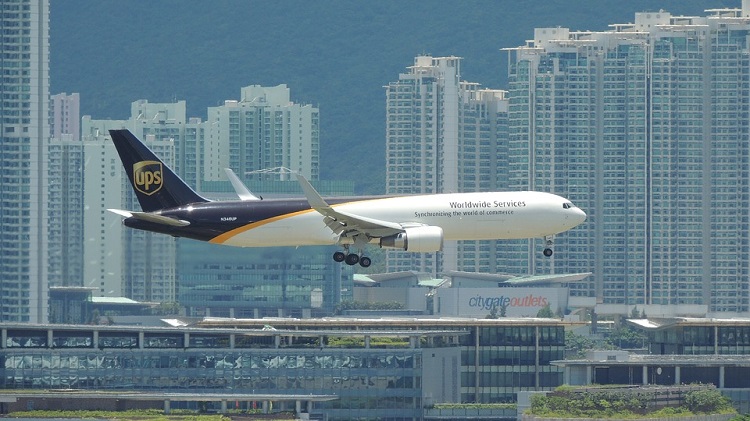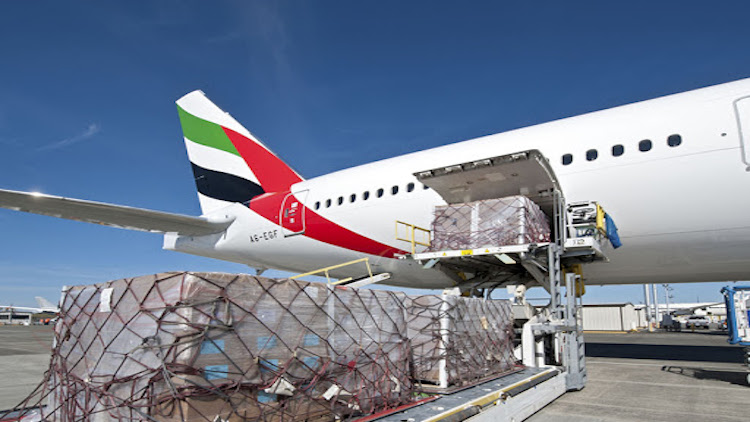World Air Cargo Industry Belly Up With Demand Down Almost 28%

While much attention in commercial aviation is on air travel, it’s the cargo and freight industry which has taken a body blow as well.
Asia-Pacific airlines saw demand for international air cargo fall by 28.1% in April 2020, compared to the same period a year earlier. However, the large Asia-North America market recorded less of a decline (7.3%) due to the rise in movement of personal protective equipment (PPE). But international capacity decreased 42.5%.
According to International Air Transport Association (IATA) data released for global air freight markets in April, demand dropped 27.7% compared to the same period in 2019 - the sharpest fall ever recorded. Still, there was insufficient capacity to meet demand as a result of the loss of belly cargo operations on passenger aircraft. Belly capacity for international air cargo shrank by 75% in April compared to the previous year. This was partially offset by a 15% increase in capacity through expanded use of freighter aircraft. “There is a severe capacity crunch in air cargo. Demand fell by 27.7% compared to April 2019. But capacity was down 42% because of the sharp cuts in passenger operations which also carry cargo. The result is damaging global supply chains with longer shipping times and higher costs”, said Alexandre de Juniac, IATA’s Director General and CEO.
According to International Air Transport Association (IATA) data released for global air freight markets in April, demand dropped 27.7% compared to the same period in 2019 - the sharpest fall ever recorded. Still, there was insufficient capacity to meet demand as a result of the loss of belly cargo operations on passenger aircraft. Belly capacity for international air cargo shrank by 75% in April compared to the previous year. This was partially offset by a 15% increase in capacity through expanded use of freighter aircraft. “There is a severe capacity crunch in air cargo. Demand fell by 27.7% compared to April 2019. But capacity was down 42% because of the sharp cuts in passenger operations which also carry cargo. The result is damaging global supply chains with longer shipping times and higher costs”, said Alexandre de Juniac, IATA’s Director General and CEO.

Latest Videos
















